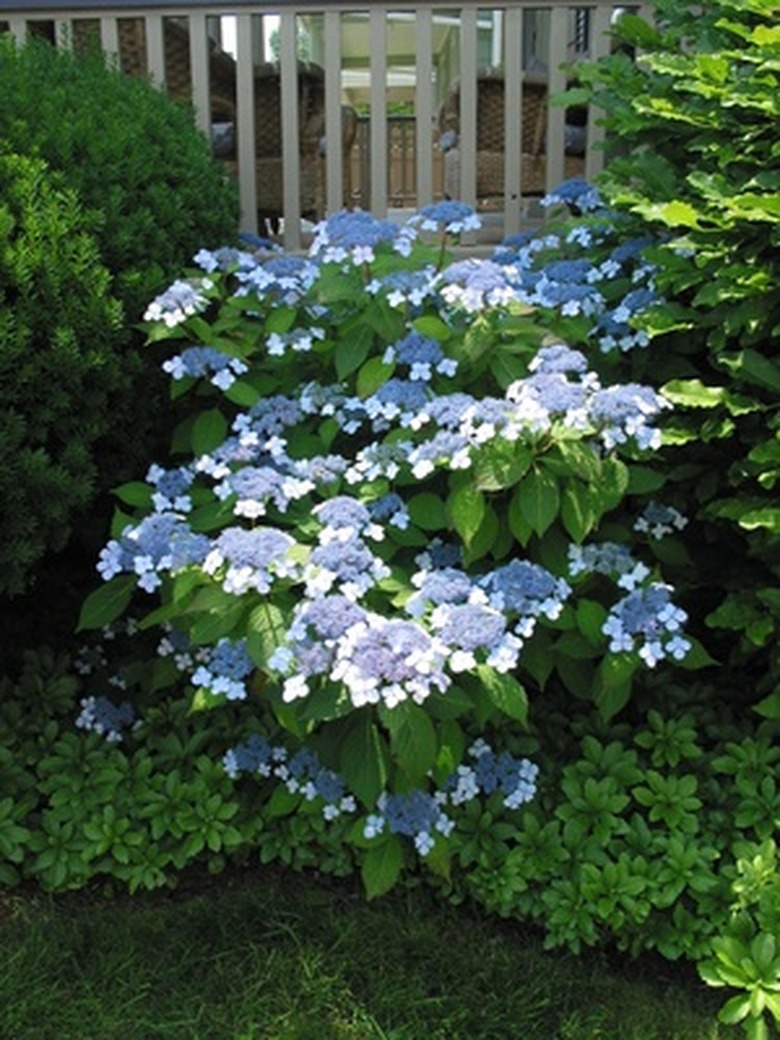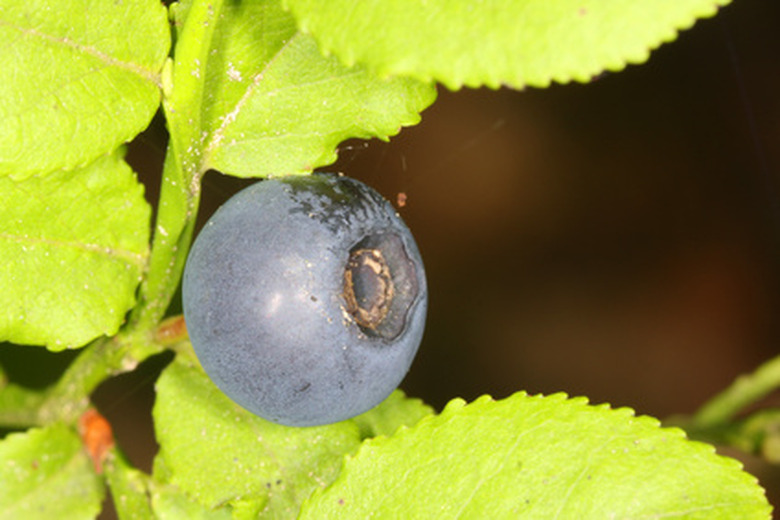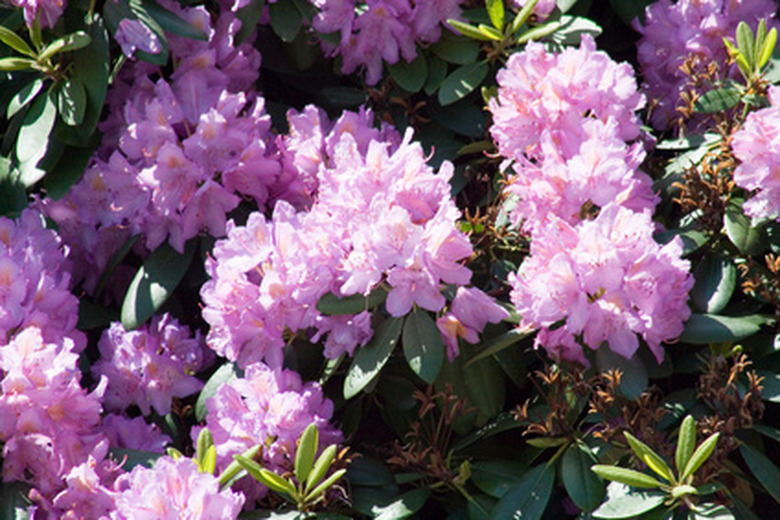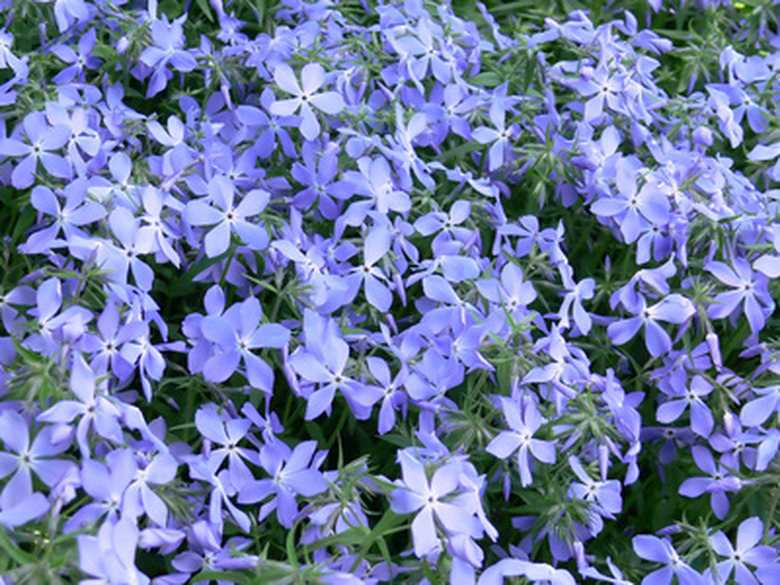A List Of Acid-Loving Plants & Shrubs
Matching the soil pH to plants' needs is critical to their survival. The acid level in the soil controls which nutrients are available for plants to use. Some plants have adapted to higher acid levels in the soil; an alkaline soil keeps nutrients chemically bound. When nutrients are bound, they will not dissolve and plants cannot benefit from them. According to the Rutgers soil-testing lab, average soil pH levels are in the 6 to 7 range. A soil pH level of 7 is considered the neutral point; below 6.5 is usually considered acidic.
Hydrangeas
The various types of hydrangeas grow in a variety of soil types. Acid soil visibly affects the bigleaf hydrangea types. The blue color of the flowers deepens as the aluminum in the soil becomes more available. A pH level of 5.5 is necessary for aluminum to become available. Lower pH levels, or more acidic soil, produce better blue color.
- Matching the soil pH to plants' needs is critical to their survival.
- According to the Rutgers soil-testing lab, average soil pH levels are in the 6 to 7 range.
Blueberries
Blueberries are a garden shrub that needs acidic soil to produce a good crop. They grow best in soil with a pH of 4.09 to 5.5. Regular garden soil in most of the U.S. does not meet that acidity. Gardeners can acidify their soil with sulfur amendments. Adding acidic compost made from non-treated sawdust or wood chips, and using non-treated sawdust or pine needles as a 2-inch layer of mulch around the blueberry bushes, will help maintain soil acidity. Renew the mulch as necessary. As it decomposes, it will continue to acidify the soil.
- Blueberries are a garden shrub that needs acidic soil to produce a good crop.
- Adding acidic compost made from non-treated sawdust or wood chips, and using non-treated sawdust or pine needles as a 2-inch layer of mulch around the blueberry bushes, will help maintain soil acidity.
Rhododendron
The Rhododendron family includes azaleas. These plants all prefer acidic soil, and will suffer yellowing leaves and slow death if the soil is not suitable. The soil should be amended at planting time for rhododendrons, so the nutrients at deep levels will be available to the roots. Add peat, elemental sulfur or iron sulfate to the soil to quickly adjust the pH. Aluminum sulfate will lower the pH, but it is not recommended because it can be toxic to plant roots.
Small Flowering Ornamentals
Creeping phlox is a garden favorite that prefers acidic soil. This is the low-growing phlox used for beds and borders, and not the tall garden phlox. Lily of the valley also needs acidic soil to grow well. The garden bed where these perennial flowers are planted can be amended at planting time, or use an acidic mulch of non-treated sawdust or pine needles.
- The Rhododendron family includes azaleas.
- The soil should be amended at planting time for rhododendrons, so the nutrients at deep levels will be available to the roots.
Heather is a small acid-loving shrub that blooms for long periods. Heather flowers are borne on long spikes. They make excellent cut flowers alone or in mixed arrangements. (Ref 5)




